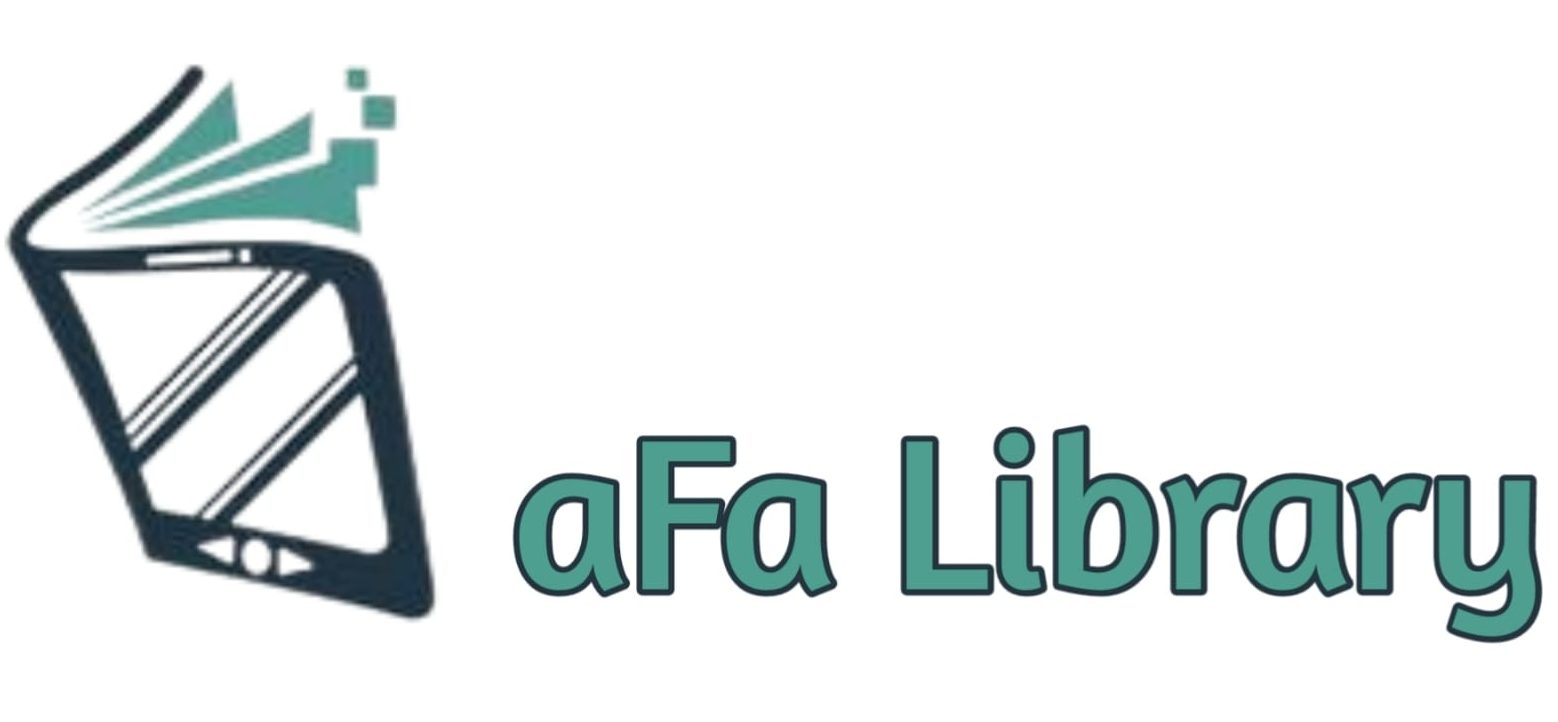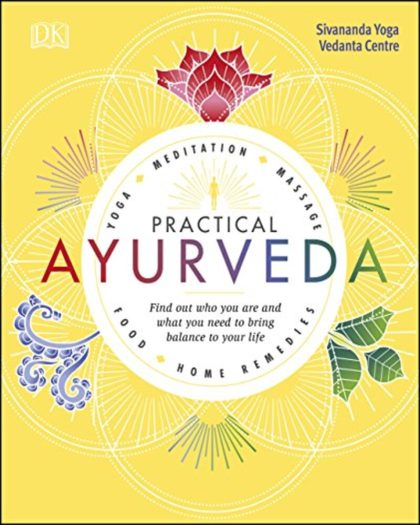Take a detailed look at your Pilates practice with the superbly illustrated exercises in Pilates Anatomy, Second Edition.
Choose from 46 exercises to target a particular body region and delve deeper to stretch, strengthen, and finely coordinate specific muscles. See which key muscles are activated, how variations and minor adjustments can influence effectiveness, and how breathing, alignment, and movement are all fundamentally linked as you work to tone the body, stabilize the core, improve balance, and increase flexibility.
Use the Personalize Your Practice section for each exercise to vary your practice and customize your workouts to fit your needs. Here you’ll find modifications to make each exercise more accessible when there are limitations such as tight hamstrings or underdeveloped core strength. Variations provide variety, and progressions are offered to add more challenge to each exercise and serve as valuable stepping stones on your journey to more advanced Pilates exercise.
Also included are techniques for breathing, concentration, and self-awareness, providing a unique exercise experience that enhances your body and your mind.
Whether you are just beginning to explore the beauty and benefits of Pilates or have been practicing for years, Pilates Anatomy is a one-of-a-kind resource that you’ll refer to again and again.






However, after having gone to a reformers class a few times I wanted something that could give me a
beginners routine for the mat. This book had exactly what I wanted. Compared to Rael's 2nd edition of Pilates book, the beginners mat routine has been easier to get going with and included modifications to build up to the full version of a move. There is nothing about the extra gear-involved moves so it's easier to find what I need. I have already grown stronger only a few weeks from doing the beginners routine and have progressed to the normal version for some of them. If I could go back and buy only one book, for me it would be this one!
+ very clear directions including variations on the exercises
+ includes sample workouts
over all amazing content!
not so great ...
- the flimsy cover that barely protects the pages. even if at an extra cost, to me a sturdier cover would be totally worth it and lift the perceived quality of the entire book
- workouts are in landscape layout - not a massive issue, but having to rotate 90 degrees back & forth every time one needs to look up an exercise just breaks the flow a little
Only suggestion: add an index, please.
Definetly anatomy applied to Pilates technique. Higly recommend this book
So far, this book helped me to correct my posture and my walks. If you want to really incorporate Pilates in your everyday life and not just think of it as another workout format, I recommend this. Tuck your hips and put shoulders down!
I did feel this book was helpful and easy to read. It will be something that I will keep using and referring back to keep me in line. Overall a good book.
1. Don't feel you have to read the book in sequential order. Chapter 1 is useful and easy, so I recommend that one. Chapter 2 is all about anatomy. For a lot of people I think it would be best to skip over this chapter and come back to it later, kind of like an encyclopedia when you don't understand something in the exercise chapters you can usually find something helpful in Chapter 2.
2. Each exercise has a basic description and then a list of four or five "technique cues" that help you do the exercise in the most beneficial way. Again this can be a little overwhelming. What I learned to do was to just start with the basic description when I was learning the exercise, then later pick just ONE technique cue to focus on each time I do the exercise. Over time you can gradually include all the techniques as you learn the exercise.
3. Don't feel like you need to do the exercises sequentially. The chapters focus on different kinds of movements for different aspects of your core, for example, chapter 5 is "Abdominal work for Movement and Stabilization." The exercises within each chapter tend to be similar, so you don't want to spend a whole workout on Chapter 5, you need to choose exercises from each chapter to get a well-rounded work out.
4. In the back of the book (Table 10.1-3 in the first edition), there are workout programs for fundamental, intermediate, and advanced workouts. This will automatically help you move through a variety of exercises during your workout.
5. You can split up the Table 10 workouts to get shorter ones. For example, I have numbered the Intermediate workout in groups of 3 going down the page, so it gives me 3 separate workouts. One-third of Table 10.2 takes me about 25 minutes by the time I do some warm up, and also read the instructions for the exercises to see how to do them. That's about right for me as I aim for 30 minutes of exercise before I go to work.
6. You also don't have to do whole sets-if the exercise description calls for five on each side, you can start out with 3. It's better to maintain good form than strain to complete a whole set.
7. You can modify the exercises if you are sore or have an injury of some sort. I have had to modify some of them for a neck problem I have.
If I have one complaint about the first edition, it is that that the muscle names in the drawing section don't always have the same names in the text descriptions. Apparently groups of muscles can have one name, while an individual muscle has a different name. I hope this is fixed in the second edition.
As I said, this is really great book, it enabled me to start doing Pilates in a meaningful way. I've showed it to two physical therapists and they both really liked it. There is something satisfying about doing Pilates that I don't feel with other exercises.